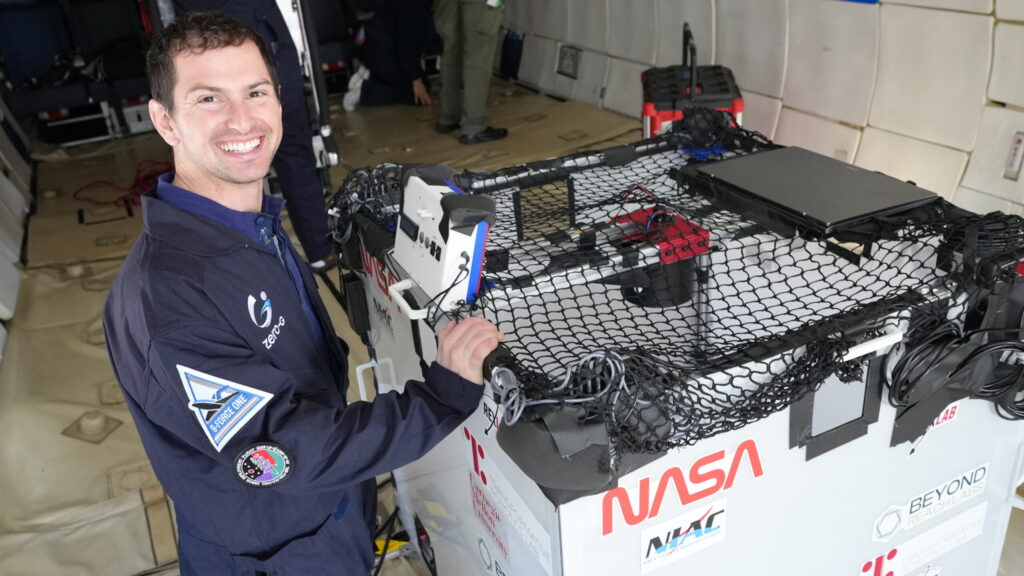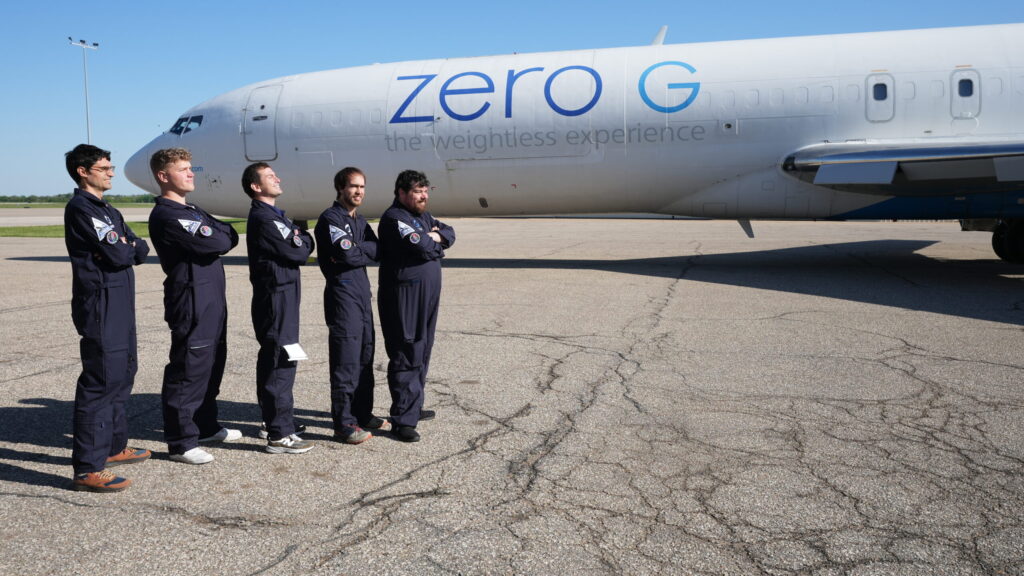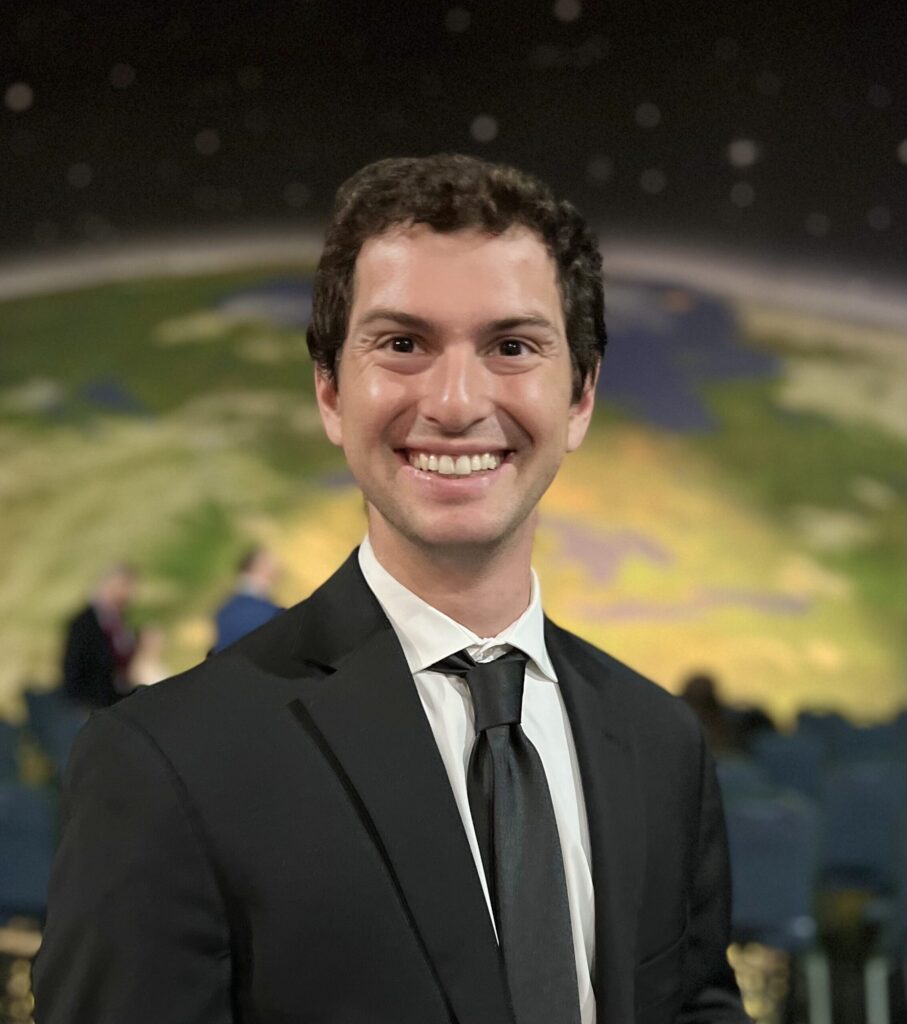
Mitchell Fogelson (ENG’17, GEN’18) is the founder of Beyond Reach Labs, Inc, a startup dedicated to creating robust, deployable solutions that address critical needs in remote and demanding locations. In a recent Q&A, he reflects on where his passion for hands-on interdisciplinary innovation started, here at Penn Engineering, including SolidWorks basics and a famously ill-fated wind-turbine lab. Fogelson graduated with a bachelor’s and master’s degree in Mechanical Engineering and Applied Mechanics (MEAM) and Robotics, respectively in 2018. Today, he is nearing the completion of his doctoral degree at Carnegie Mellon University (CMU).
Tell me about your experience at Penn.
I started my Penn career in 2013 in the MEAM department and immediately fell in love with the collaborative and interdisciplinary nature of the program. One of the first things I noticed was how MEAM seamlessly wove together robotics, fluids, structures, and controls. I specifically remember key classes, like Jonathan Fiene’s and now Mark Yim’s Mechatronics class, the sterling engines in MEAM 210, and even MEAM 110, the SolidWorks class.
What was your most memorable moment?
It has to be the wind-turbine lab in MEAM 347. The joy of these labs, particularly the playful competition that the courses provided, really fostered an explorative environment where you could fail safely and push the boundaries. For example, my team and I spent weeks designing a vertical-axis wind turbine that, on paper, should have worked and we showed great results in the wind tunnel. But at our final demo, every phase of our scale model spectacularly failed. Gears weren’t lining up, scaling laws betrayed us, and something happened with the laser cutters. It was utter chaos, but we learned so much through that failure.
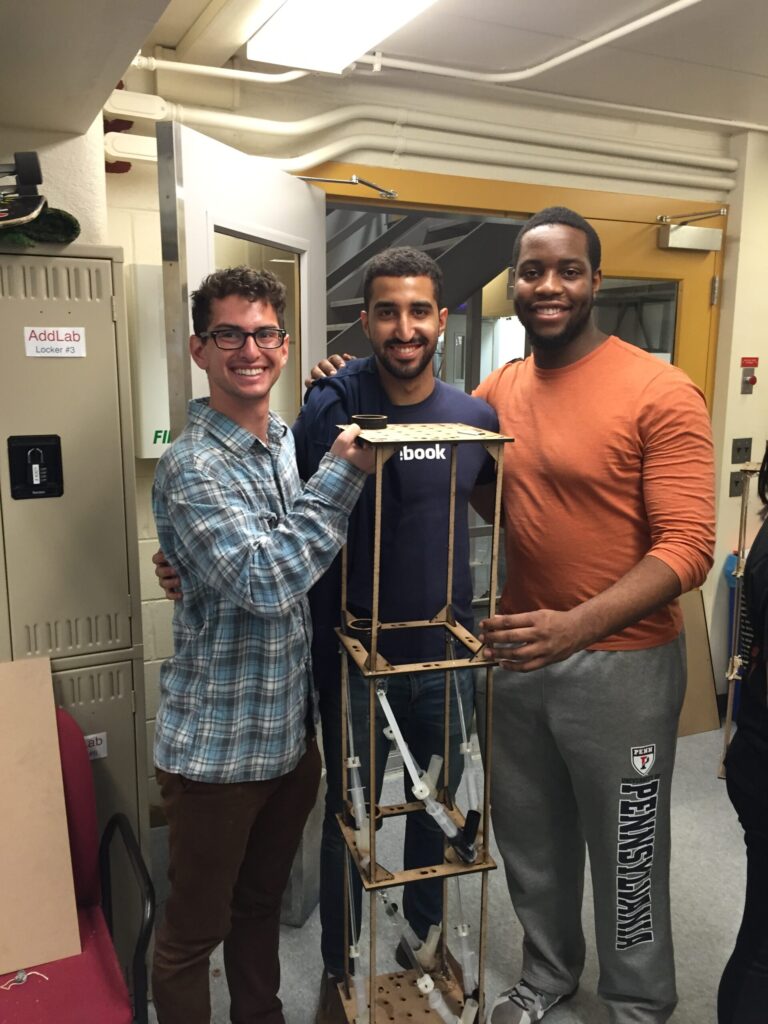
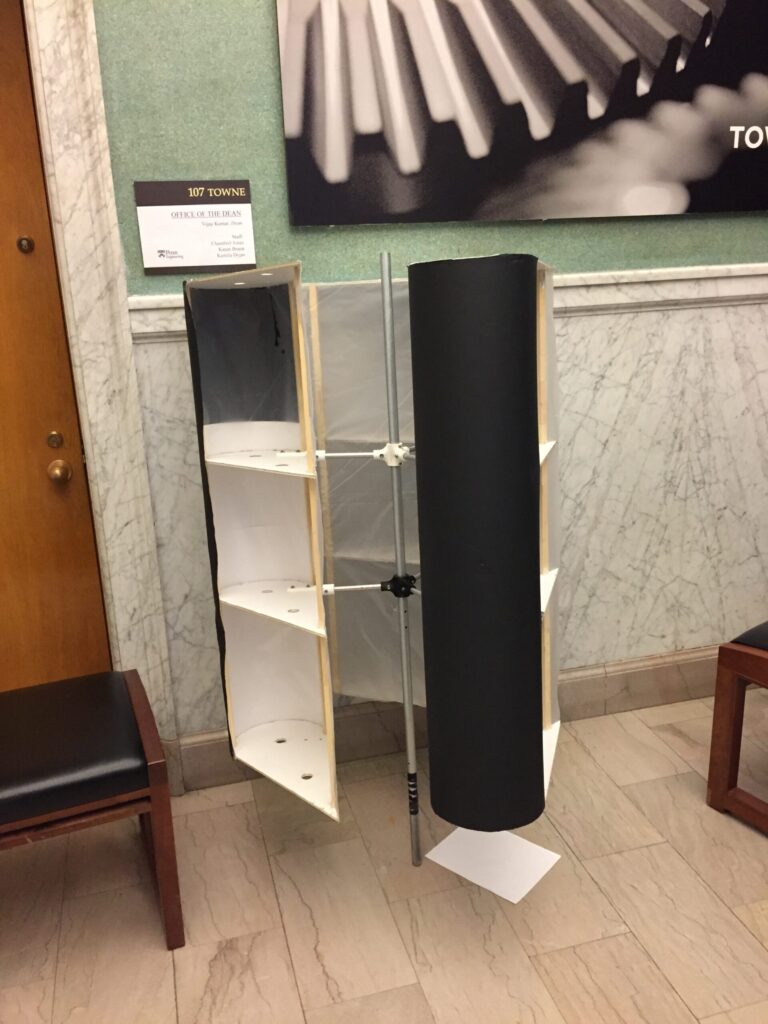
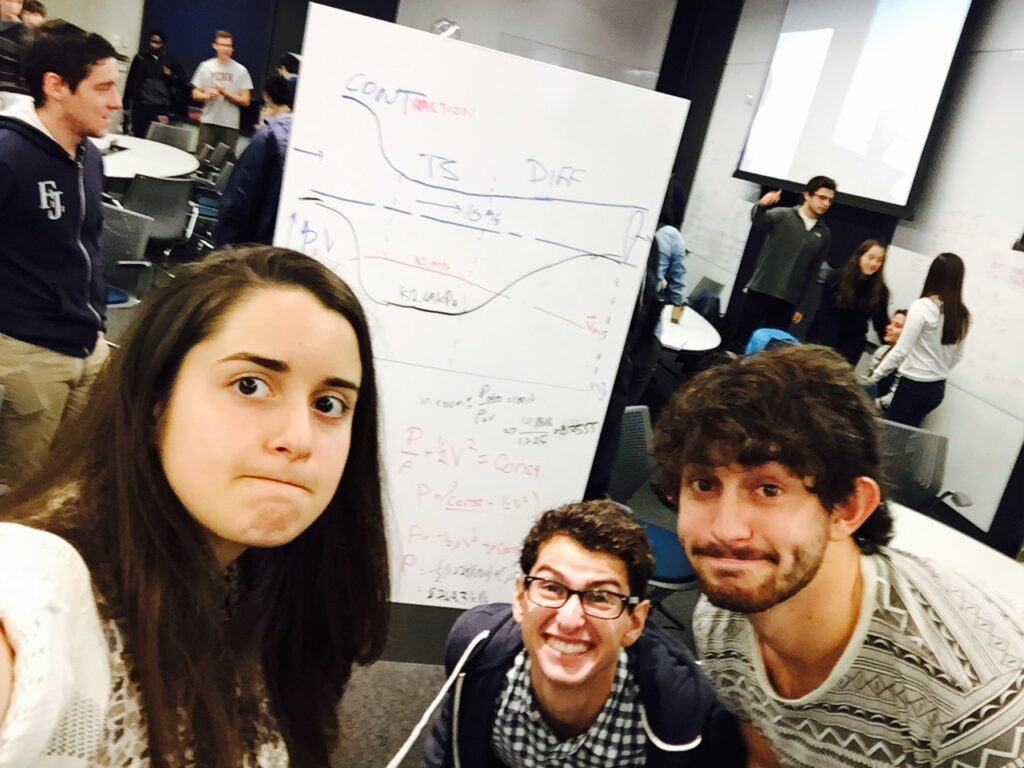
Which professor had the greatest impact on you and why?
Dr. Bruce Kothmann and Professor Mark Yim stand out for their infectious energy and for creating those safe lab spaces. But I also enjoyed the amazing takeaways from Professor Igor Bargatin. He taught the thermodynamics class, and I remember our problems revolved around Elon Musk’s then-new Hyperloop concept, which we showed in many problem sets to have some faulty assumptions or extreme engineering challenges. It taught me how to apply theory to real-world “hot topics.” Those rigorous challenges taught me that uncovering what won’t work is often as valuable as knowing what will.
What are you currently working on?
After the undergrad/masters, I spent two years in Tokyo as a robotics researcher at the Rakuten Institute of Technology before returning to academia at CMU to pursue a PhD in design, optimization, and simulation of mechanical meta-materials for robotics and aerospace applications. This work led me to collaborate on a NASA project related to kilometer-scale deployable space structures. Today, I’m testing our novel scissor-based trusses in microgravity.
What’s a fun fact about you?
I’ll be going on a NASA funded Zero-G flight experiment at the end of April to test our deployable space structures. My research revolves around co-design of controls and mechanical systems—with an effort to embed “intelligence” into the mechanism itself rather than relying solely on GPUs for complex control policies. In this experiment we are testing a centripetal deployment of pantographic structures and understanding the sim2real gap in the deployment behavior. On each flight, we get 30 parabolas, with around 17 seconds of microgravity per parabola. We designed and built a small-scale motion-capture cage consisting of eight GoPros, four OptiTrack cameras, and a motor-driven electromagnet gripper to deploy multiple mechanisms to capture data.
